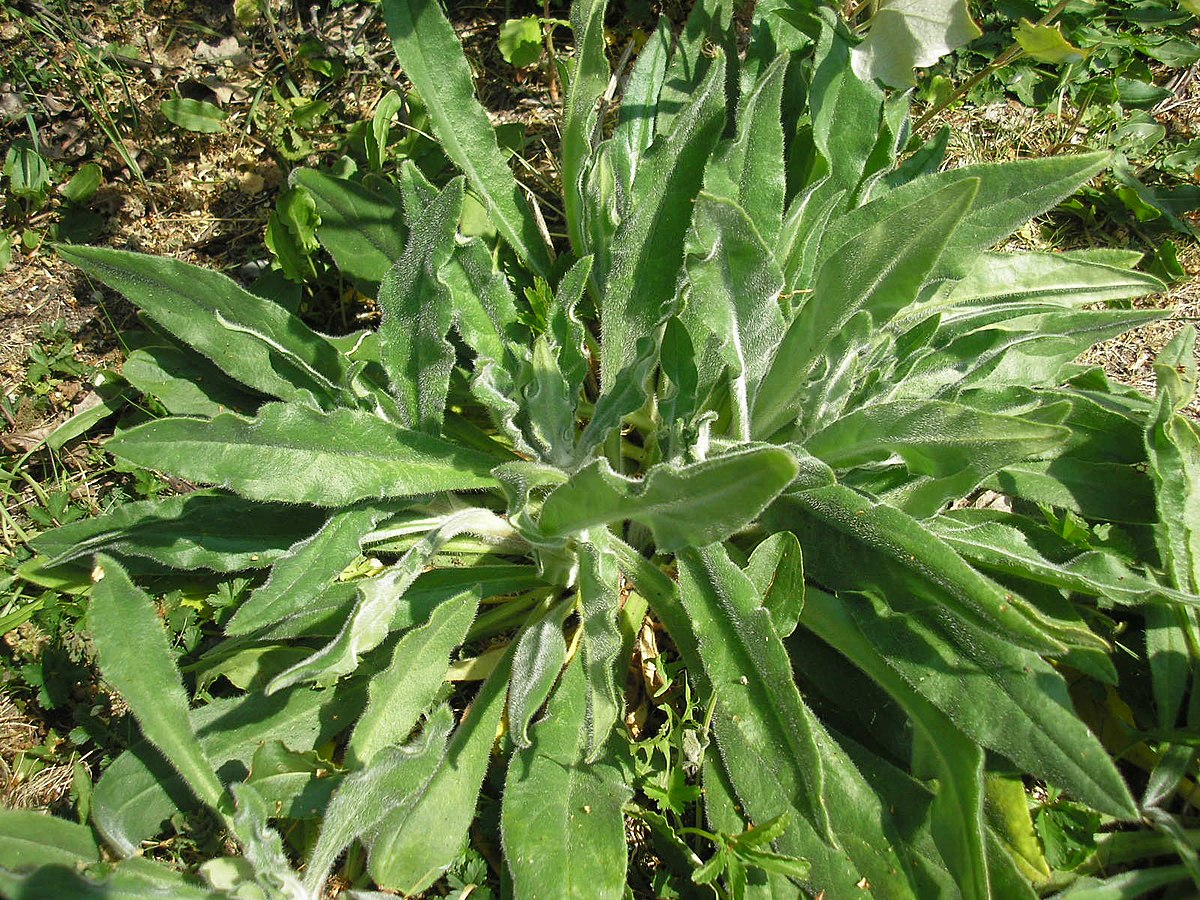Common Bugloss

Common Bugloss
(Anchusa officinalis)
Priority: - Eradicate
Tags: Agricultural | Terrestrial
Identification and Reproduction
Identification:
- Common bugloss is a deep-rooted perennial that grows up to 0.6 m tall.
- In its first year it forms a rosette of basal leaves, narrow and pointed. In the second year it will begin to grow upright and flower.
- Stems are angular, hairy and will be multi-stemmed with maturity.
- Leaves are alternate, succulent and hairy. When found on the lower stem they are lance-like, decreasing in size moving up the stem.
- It is most obvious for its blue to purple flowers with white centers.
- Flowers are found at the end of stalks and will uncoil like a fiddleneck and will straighten out as the bud opens. Depending on site conditions flowers can uncoil anytime between May through July.
Reproduction:
- This plant has a long taproot and can reshoot from any root fragments.
- Each flower will produce 4 small nutlet-like seeds, resulting in nearly 900 seeds per plant annually.
Habitat & Ecology
- It invades, grasslands roadsides, pastures and warm exposed areas.
- It is shade intolerant, but adapted to various soil types ranging from sandy to clay-heavy soils.
- This invader prefers dry, fertile and well-draining soils.
- Currently common bugloss has been reported in south-central BC (Rutland and Osoyoos) and Vancouver Island.
Impacts
Social:
- This plant invades pasture, hay lands, alfalfa fields and rangelands.
- Its presence reduces yield returns and the crop potential.
- When the succulent leaves drop they start to mold, spoiling the alfalfa hay.
Management
Prevention is a high priority for this plant.
- Ensure that seeds are not carried on clothing, pets, equipment or vehicles off infested site.
- Regularly monitor croplands for common bugloss.
- If plant is observed ensure that new infestations are removed and disposed of properly.
Mechanical/Manual Control:
- Eradication can occur through cutting or mowing prior to seed production.
- For some infestations it may be beneficial to dig up the taproot.
- Since it has a deep taproot it is crucial to remove the entire root mass to prevent re-establishment.
Resources
Download the Okanagan Invasive Species Online resource on Common Bugloss here.
Download A Guide to Weeds in British Columbia for Common Bugloss here.
E-flora BC is a good resource to help identify common bugloss.
Header photo (Thomas Dürbye)




